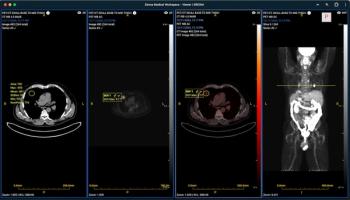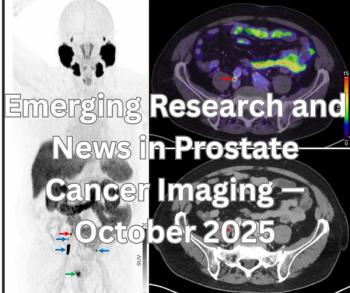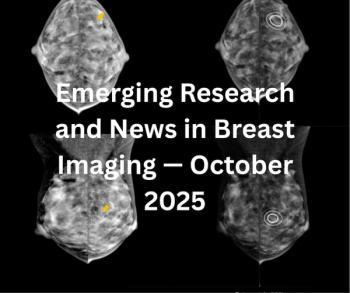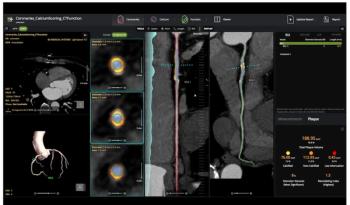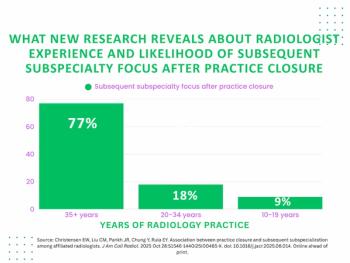
Five reasons radiologists should be involved in social networking
The Internet is evolving rapidly. Each exciting step in the development of the web has fostered greater connectivity and interactivity. It is now alive with numerous “social media” websites, including specific websites for networking, blogs, and media sharing. We can now actually do more than just read websites. We can interact online not only with content, but also with other people.
The Internet is evolving rapidly. Each exciting step in the development of the web has fostered greater connectivity and interactivity. It is now alive with numerous “social media” websites, including specific websites for networking, blogs, and media sharing. We can now actually do more than just read websites. We can interact online not only with content, but also with other people.
Many think of “social networking” or “social media” websites as mainly Facebook or MySpace, but there is a world beyond these general websites. Social networking is also maturing rapidly to now include niche communities focused on specific topics, professions, and industries. For example, multiple social media websites entirely dedicated to medicine and various disciplines have recently been created. Within healthcare,
When will it be a good time to start exploring the concept of social networking? The answer is now. Here are five reasons why you should be involved in social networking:
- Opportunities for networking. Expanding your professional network online and offline will open up new opportunities. Having a presence in cyberspace can only solidify and enhance the relationships critical to success in career advancement, job hunting, and business ventures.
- Interaction, discussion, and active learning. Don’t just read about the latest technological developments in imaging. Share your opinion, ask a question, learn from others. Social media make it easy for you to participate in discussions with like-minded experts from anywhere, at anytime.
- Access to expertise. Being part of a social network, especially one that pertains to your profession or industry, allows you to reach a large number of experts. Social networks allow for rapid dissemination of information and questions.
- Rapid sharing and communication tools. Have you ever needed to share images, documents, or a presentation with colleagues or collaborators? Social media and social networking websites make it very easy for you to share images, cine animations, 3D renderings and reconstructions, documents, PDF files, and presentations.
- Improving productivity. Being part of a network will enable you to get the job done. Whether it is to obtain expertise, learn from your colleagues, develop new collaborations, or rapidly share data, social networking technology can enable you to increase efficiency and productivity. Try engaging in some social networking and experiment with how it can integrate into your daily workflow.
Given that this is a new modality and tool for professional advancement, it may take some trial and error. But do not hesitate to experiment-and have fun too!
Dr. Choy is a radiology resident at Massachusetts General Hospital, a founder of RadRounds, and a member of the Diagnostic Imaging editorial advisory board. This is the first of two articles by Dr. Choy on online networking .
Newsletter
Stay at the forefront of radiology with the Diagnostic Imaging newsletter, delivering the latest news, clinical insights, and imaging advancements for today’s radiologists.

